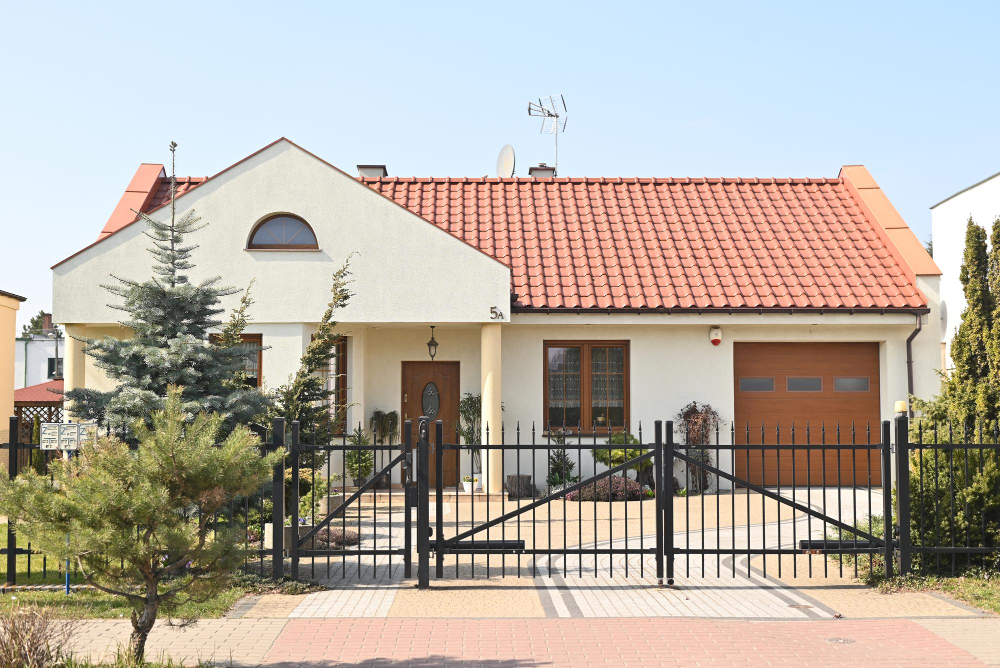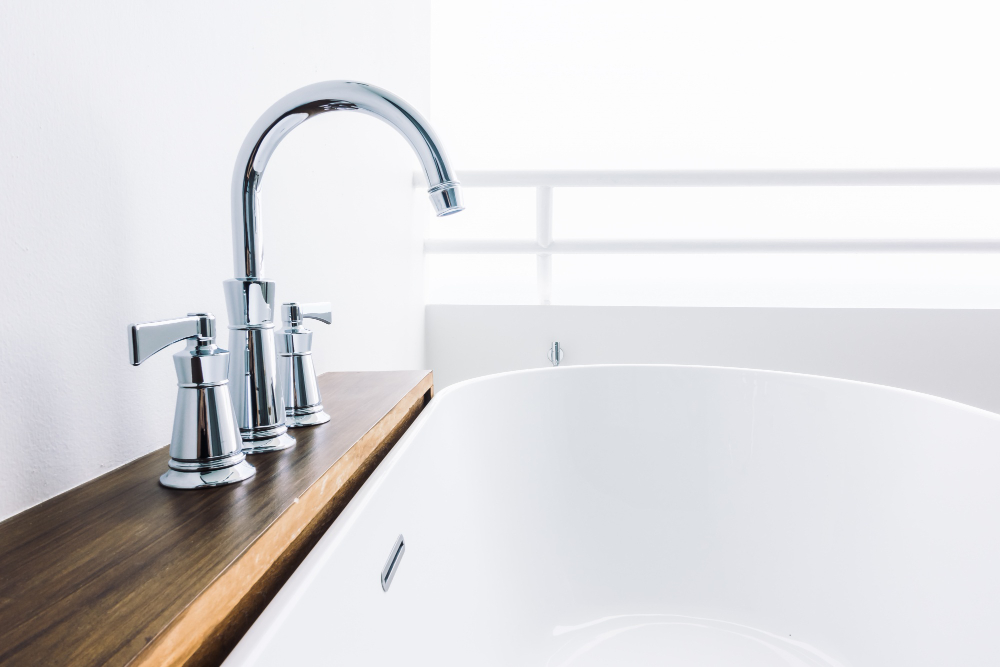Last updated on
Creating a sustainable home is not just a trend – it’s a responsible choice that benefits both the environment and your wallet. As you embark on the journey to a greener lifestyle, consider making eco-friendly improvements to your house this year.
These changes not only reduce your carbon footprint but also enhance the overall efficiency and comfort of your living space. Here are six practical eco-friendly house improvements that you can easily incorporate into your home.
Renovate Your Roof

Consider investing in cool roofing materials, which are designed to reflect more sunlight and absorb less heat than traditional roofing materials. This simple upgrade can substantially reduce your home’s cooling costs, especially in warmer climates.
Additionally, ensure proper insulation in the attic with the help of expert roofing services to prevent heat transfer and maintain a comfortable indoor temperature year-round.
A well-insulated and reflective roof not only contributes to energy savings but also extends the lifespan of your roofing materials, making it a smart and sustainable choice for homeowners looking to enhance both environmental responsibility and long-term cost-effectiveness.
Energy-efficient Windows and Doors
Upgrading your windows and doors may seem like a small change, but it can have a significant impact on your home’s energy efficiency. Opt for energy-efficient models with proper insulation to minimize heat transfer.
This not only keeps your home cooler in the summer and warmer in the winter but also reduces the strain on your HVAC system, leading to lower energy consumption.
- Improved Insulation: Energy-efficient windows and doors provide better insulation, reducing heat transfer between the interior and exterior of your home. This means less reliance on heating and cooling systems, leading to lower energy consumption.
- Noise Reduction: In addition to energy efficiency, these windows and doors often come with noise-reducing features. This creates a quieter and more peaceful living environment, enhancing your overall comfort and well-being.
- Enhanced Home Value: Upgrading to energy-efficient windows and doors can increase the resale value of your home. Potential buyers are increasingly interested in sustainable features, making your property more appealing in the real estate market.
Water-saving Fixtures

Conserving water is a crucial aspect of sustainable living. Swap out old faucets, showerheads, and toilets with water-saving fixtures. Low-flow options not only help in water conservation but also contribute to lower water bills. With advancements in technology, you can enjoy the same level of functionality while significantly reducing your household’s water usage.
- Conserve Water: Low-flow faucets, showerheads, and toilets significantly reduce water consumption without sacrificing functionality. This conservation effort is crucial for addressing water scarcity issues and promoting responsible water usage.
- Cost Savings: Water-saving fixtures not only contribute to environmental sustainability but also lead to noticeable cost savings on your water bills. Over time, these savings can offset the initial investment in new fixtures.
- Easy Installation: Swapping out traditional fixtures for water-saving alternatives is a straightforward process, often requiring minimal tools and expertise. This makes it a quick and accessible eco-friendly improvement for any homeowner.
Eco-friendly Insulation
Enhance your home’s energy efficiency by investing in eco-friendly insulation materials. From recycled denim to cellulose made from recycled paper, there are various sustainable options available. Proper insulation helps regulate indoor temperatures, reducing the need for excessive heating or cooling, ultimately cutting down your energy consumption.
Smart Thermostats for Intelligent Climate Control
Integrate technology into your eco-friendly home with a smart thermostat. These devices learn your preferences and adjust the temperature accordingly, optimizing energy usage.
You can control them remotely, ensuring you’re not wasting energy when you’re away. Over time, a smart thermostat can lead to significant energy savings and a more comfortable living environment.
- Energy Optimization: Smart thermostats use learning algorithms to understand your heating and cooling preferences. This optimization leads to more efficient energy use, reducing waste and lowering your overall energy bills.
- Remote Control: The ability to control your home’s temperature remotely via a smartphone app ensures that you’re not unnecessarily heating or cooling an empty house. This feature adds convenience to your lifestyle while promoting energy efficiency.
- Environmental Awareness: Many smart thermostats provide insights into your energy usage, fostering an awareness of your environmental impact. This knowledge empowers you to make informed decisions about your energy consumption habits.
Rainwater Harvesting System
Make the most of nature’s gift by implementing a rainwater harvesting system. Collecting rainwater for outdoor use, such as watering plants or washing your car, reduces your reliance on treated water. It’s a simple yet effective way to conserve water resources and decrease the environmental impact of water consumption.
As you consider ways to make your home more eco-friendly this year, remember that small changes can have a big impact. From harnessing solar power to upgrading your windows and adopting water-saving fixtures, these improvements not only contribute to a sustainable future but also enhance your home’s efficiency and comfort.
By incorporating these eco-friendly measures, you not only contribute to a healthier planet but also create a more sustainable and cost-effective living space for yourself and future generations.
Table of Contents




